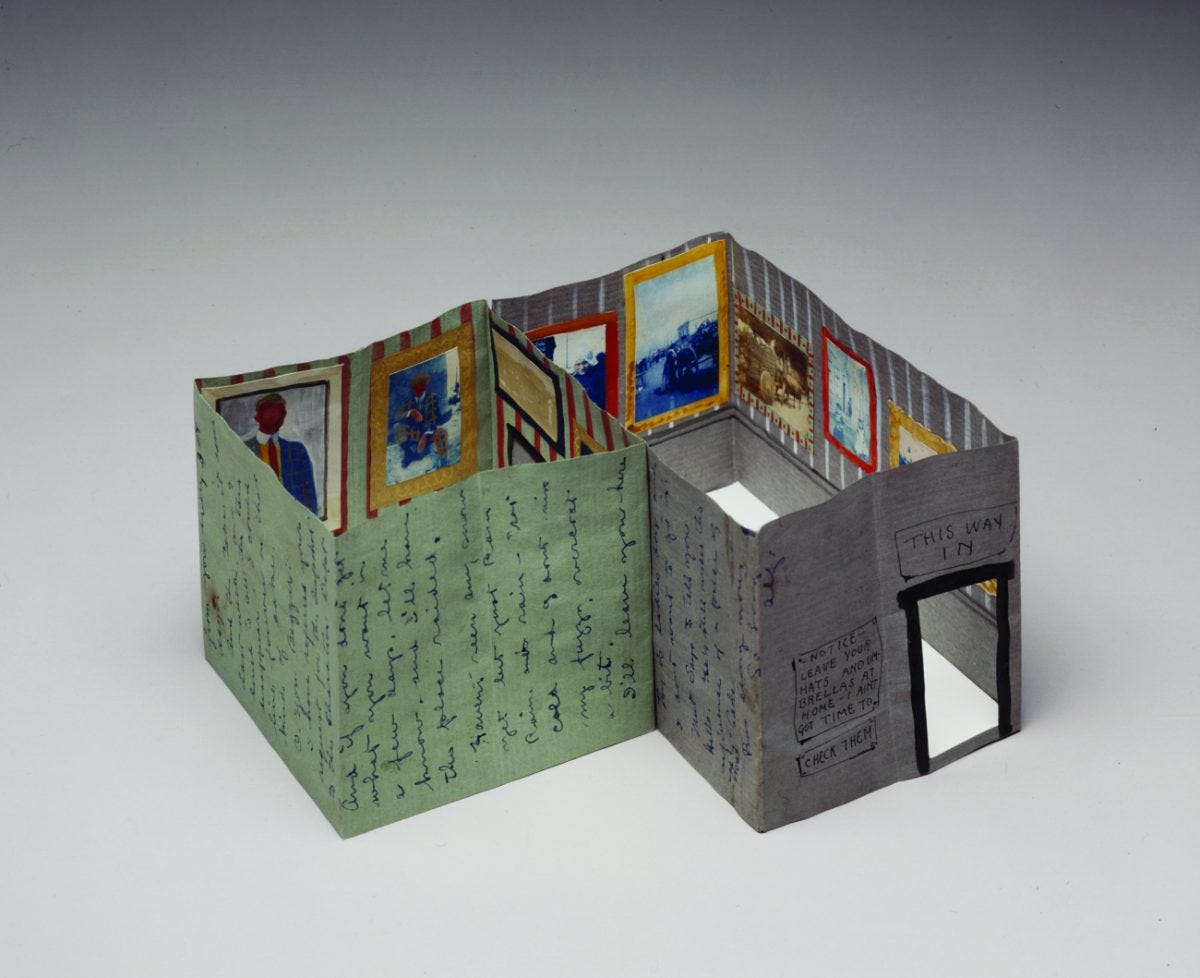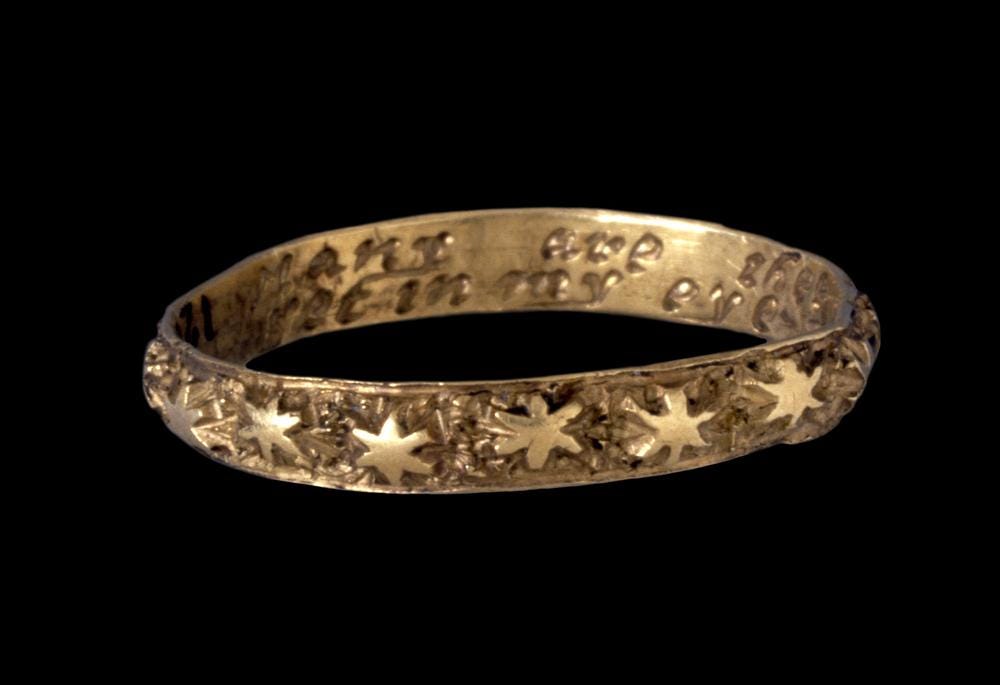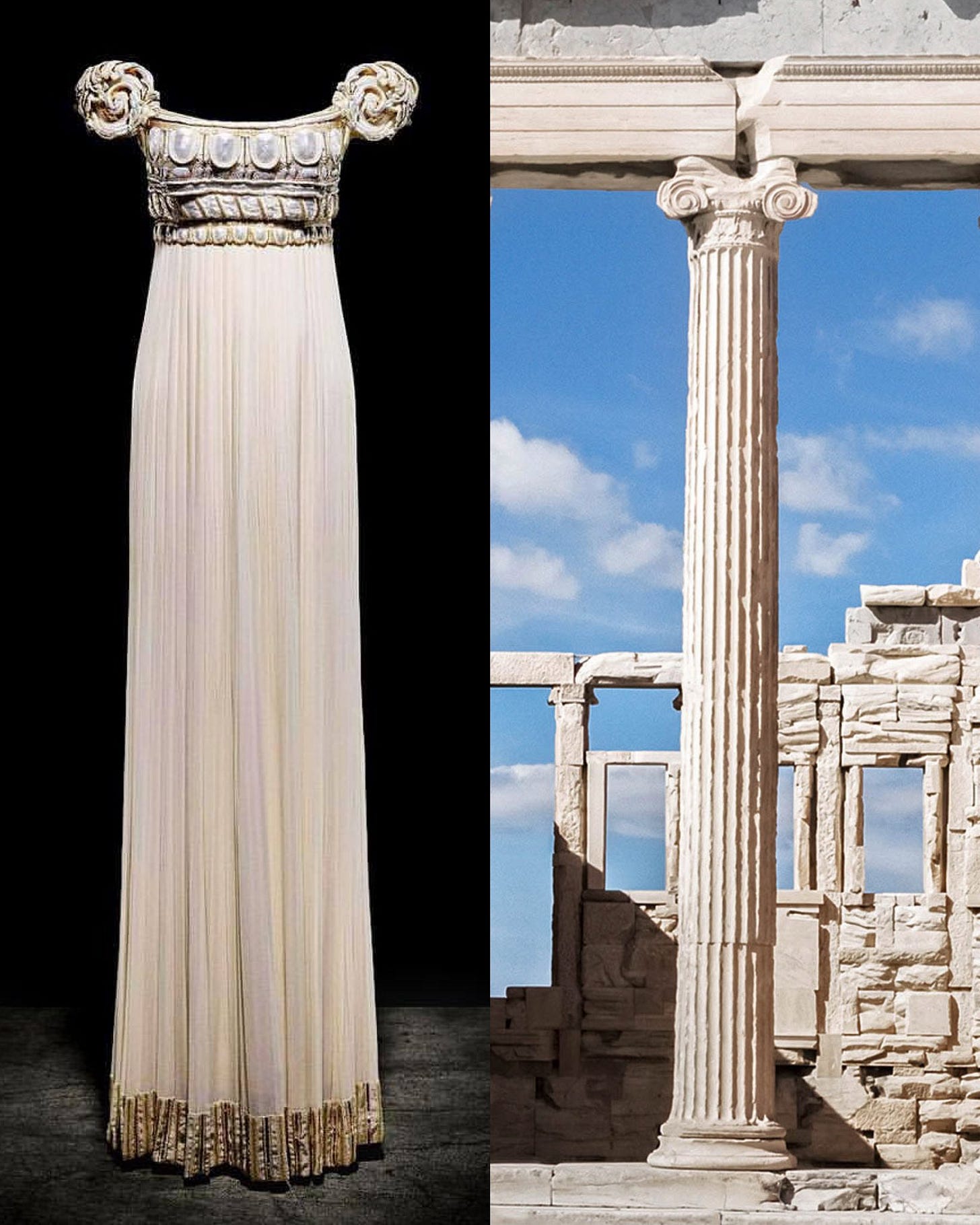Beautiful Things From the Past
For what is lost in time is preserved in art...
The late Oxford writer and philosopher Sir Roger Scruton once said:
Beauty is vanishing from our world because we live as though it did not matter.
These words have stayed with me for a very long time…
By dismissing beauty, Scruton warns, we risk losing the very essence that gives life its depth and meaning.
And in an age dominated by speed, utility, and ephemeral trends, it can feel as though the quiet, profound presence of beauty is slipping through our fingers. Yet this very absence reveals how deeply intertwined aesthetic grace is with our sense of purpose…
Reminder: This is a reader-funded publication focused on spreading beauty, and it depends on your support to keep going.
Upgrade your subscription for just a few dollars a month to help our mission and access members-only articles 👇🏻
Scruton also observed that, “Our need for beauty is not something that we could lack and still be fulfilled as people. It is a need arising from our metaphysical condition, as free individuals, seeking our place in a shared and public world.”
To walk on this planet without encountering beauty is to drift in alienation. Disconnected, wary, and out of sync with the harmony that only wonder can restore.
At times, it is a simple work of art that gives the soul exactly what it needs to feel whole again…
Interestingly, the word “poetry” comes from Greek poiēsis — meaning the act of making or creating. And sometimes artistic objects, through skilled hands and hearts filled with love, can truly become living poetry.
This is because beauty is clearly a fundamental value in our existence.
In this context, another quote from Scruton comes to mind:
Beauty is an ultimate value — something that we pursue for its own sake, and for the pursuit of which no further reason need be given. Beauty should therefore be compared to truth and goodness, one member of a trio of ultimate values which justify our rational inclinations.
As we reflect on these exquisitely crafted artifacts of the past, we find not just artistry, but a bridge back to a world where beautiful things served as a compass, guiding us toward harmony with others and ourselves.
The objects you’re about to see will inspire you to look beyond the superficial, to embrace a kind of beauty that endures, and to reflect on why it matters now more than ever…
1. A 16th Century Ring That Transforms Into an Astronomical Sphere
Astronomical rings — also known as Gemma's rings — are a beautiful fusion of ancient wisdom and 16th century ingenuity.
Made of three interlocking rings representing the celestial equator, declination, and meridian, they serve as a portable tool to tell time by the sun or measure latitude. Crafted by Gemma Frisius in the 16th century, these elegant rings connect earth and sky, channeling centuries of cosmic wonder in a simple, beautiful instrument.
2. Art Nouveau Door Handle, 1905
This stunning door handle on the entrance of the City Hall Council Room in Bremen, Germany, was designed by Franz von Stuck.
As William Morris once said during a lecture in 1880:
Have nothing in your houses that you do not know to be useful, or believe to be beautiful.
3. A Love Letter That Opens Up to Form an Art Gallery
On January 10, 1913, American illustrator Alfred Joseph Frueh sent this masterpiece to his wife, Giuliette Fanciulli.
He used it as a "map" to guide her through an art gallery she was about to visit.
4. Posy Ring
This magnificent 17th–18th century gold ring, housed in the British Museum, is adorned with stars and bears the inscription: "Many are the stars I see, yet in my eye no star like thee."
5. Palladio Dress by Gianfranco Ferré, 1992
Not an artifact, but rather one of the most iconic dresses ever created. Designed by Gianfranco Ferré for Dior’s 1992 Spring/Summer collection, this chiffon evening gown draws inspiration from the grandeur of Greek architecture.
With its graceful off-the-shoulder sleeves and empire-waisted silhouette, the dress honors both Pauline Bonaparte and the Greek columns that deeply influenced Ferré — often hailed as “the architect of fashion.” Its cultural impact was immortalized when Princess Serenity wore it during key plot moments in Sailor Moon.
In his famous 1885 essay titled The Philosophy of Dress, Oscar Wilde wrote what may be some of the truest words ever put to paper:
Fashion is ephemeral. Art is eternal. Indeed what is fashion really? Fashion is merely a form of ugliness so absolutely unbearable that we have to alter it every six months.
Thanks for reading! A quick reminder: this newsletter runs entirely on reader support. There are no ads, just a passion for sharing beauty. If you enjoy the content, consider contributing a few dollars a month. Your support makes a huge difference — and as a bonus, you'll get access to exclusive articles and the full archive. Thank you!









I'm saving this so I can read it again.
a rejuvenating reminder, thank you james. bringing beauty into our day is a right, not a privilege. no matter our status by the world’s standards, there will never be a fee to witness a sauntering sunset, hear the laughter of leaves whirling in the wind, or hold the hands of the ones who humbly touch our heart